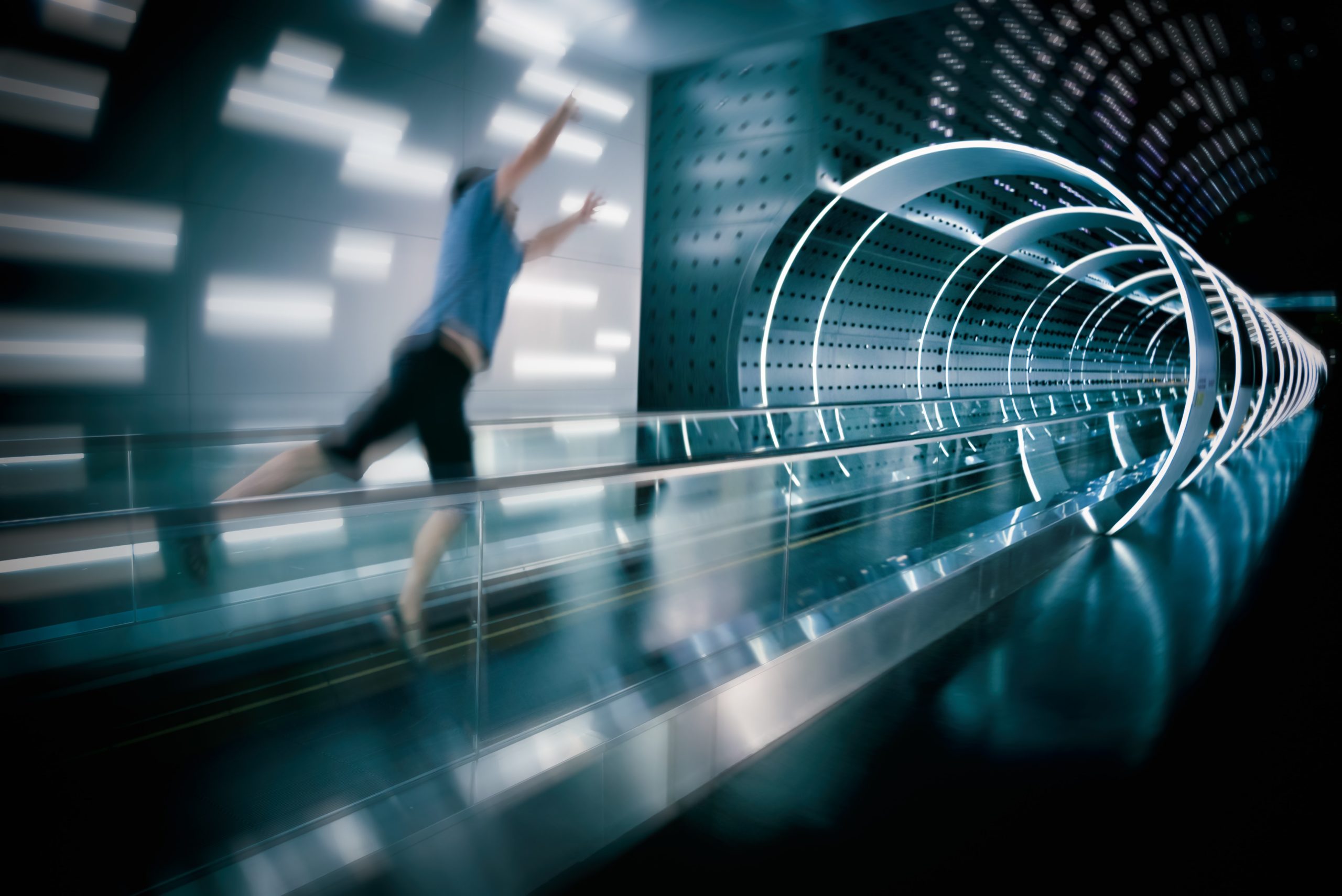What this post is about
I have tested 35mm focal lenses bought between…. 1992 and 2020. What’s the point? To show that we can, and should, just come back to the basics. Yes, lenses are much better that what they used to be but don’t be fooled, it is always the same story because physics don’t change much. Basically, all the progresses done are fantastic, but it does not mean they are needed for what you like to shoot. We are influenced by many actors who need us to buy new gear. From influencers to manufacturers, they all benefit from our purchases but what matters is to come back to what we really need. Any lens is just a set of compromises. So, you need to know what you need and find the right compromise between weight, max aperture, optical quality, and other features like Autofocus speed, silence, weather sealing. Trivial, but not so simple.
What I have done
I have shot with the following Nikkor lenses the same landscape during day light:

An old and used-to-be excellent AIS 35mm f/1.4
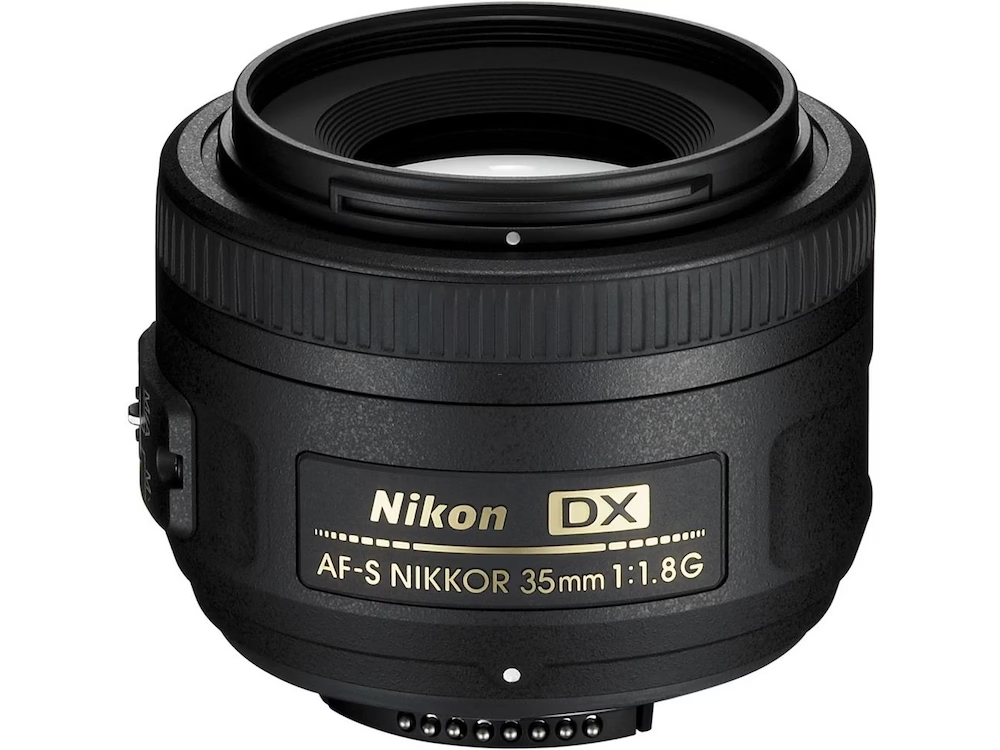
A classic but nowadays obsolete, made in 2010, 35mm AF-G f/1.8 DX

The excellent semi-pro zoom 16-35mm AF-G f/4 at 35mm
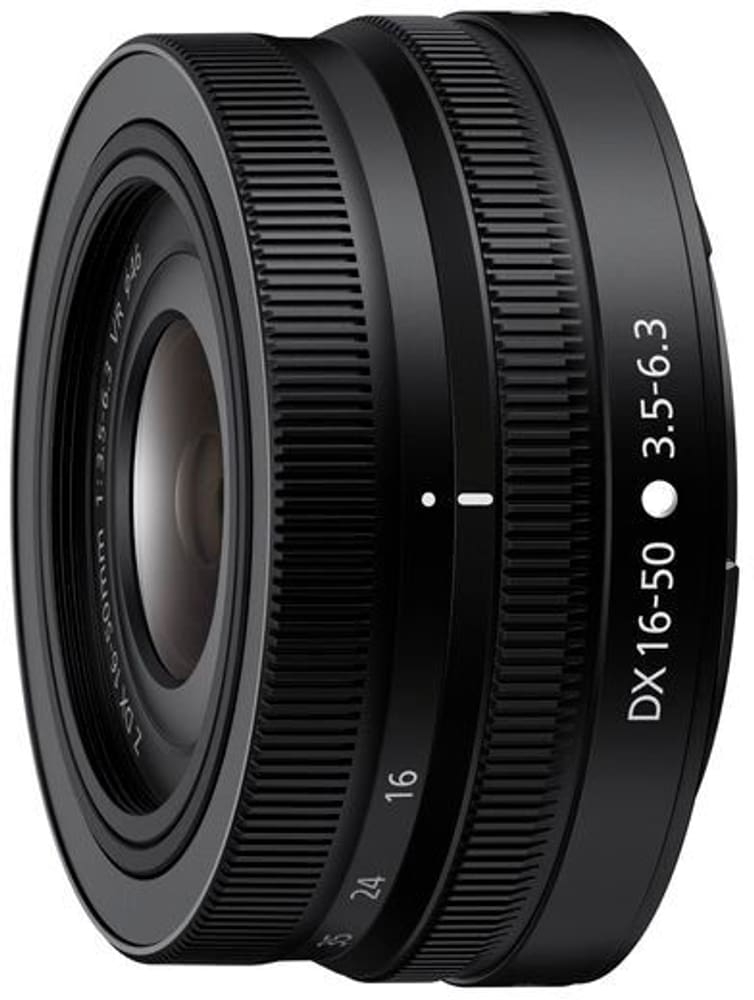
The tiny and new 16-50 Z f/3.5-6.3 at 35mm
And I have also shot with my Samsung S20 FE at 35mm equivalent FX (52 mm FF).
I have compared images from RAW files, equalized in Lightroom as they were some slight discrepancies in terms of exposure and cropped at 300%, either on a zone close to the centre of the image and one close to the edge.
Images shot
The camera is handheld at the same subject:

100 ISO, bright light, 1/1000 to 1/4000s, no real challenge on purpose. Like probably most of our images.
There are two red rectangles what we are going to look at at 300%: arguable but they represent the cropped part that is called later “center” and “edge” zones. Not so important on my humble opinion anyway, just to clarify.
Center Patch
35mm f/1.4 AIS
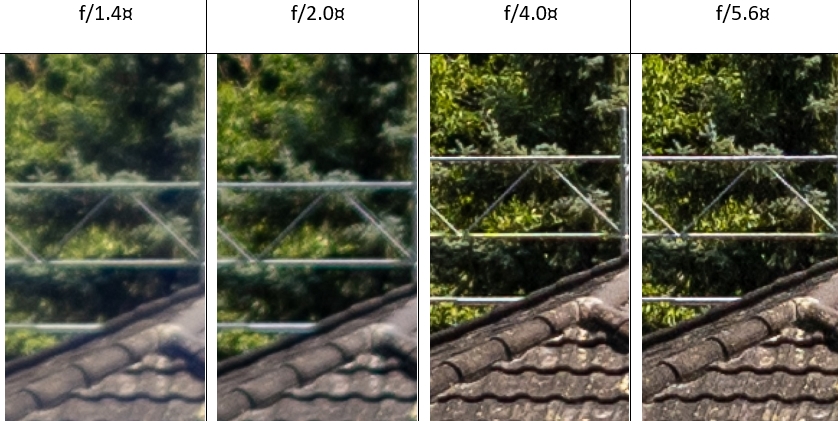
35mm f/1.8 AF-G DX
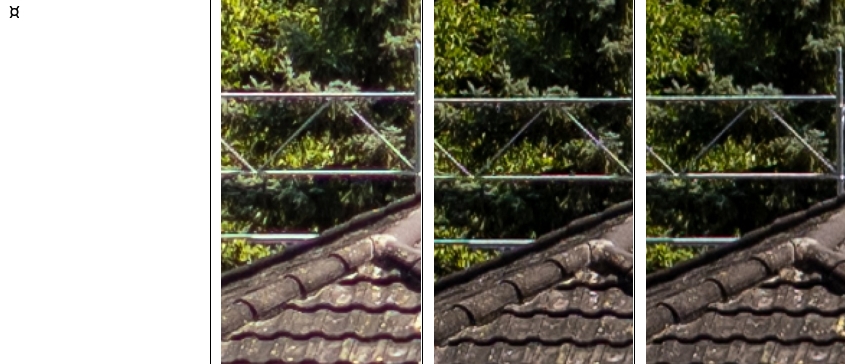
16-35mm f/4 AF-G
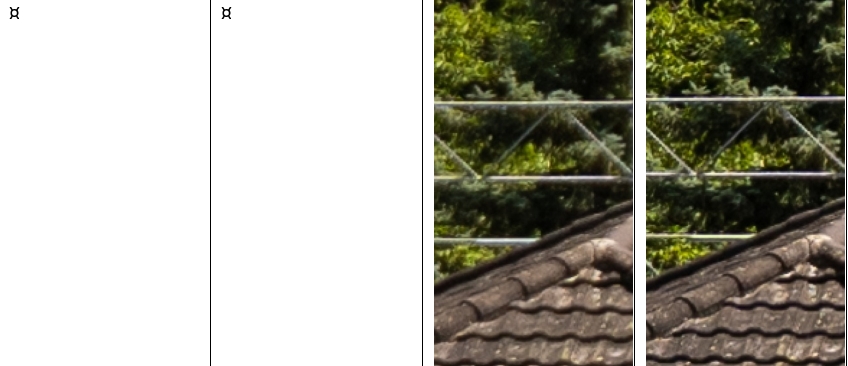
16-50mm f/3.5-6.3 AF-Z
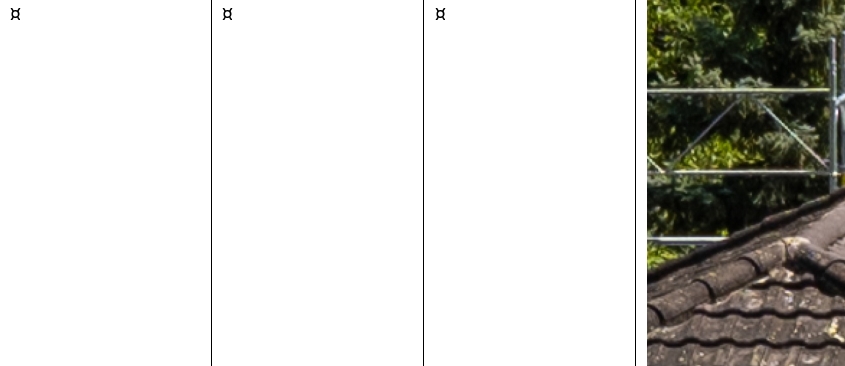
Samsung S20 FE at 35mm focal equivalent

This is very well known, Old AIS f/1.4 very blurry at full aperture. But no other 35mm could shoot as fast as this one. And at f/4.0 it is as good as the others for such images, at least for such an image.
It is also a reminder of the dramatic impact of shutting down by 2 or 3 diaphragms on the image sharpness.
Corner / Edge
35mm f/1.4 AIS
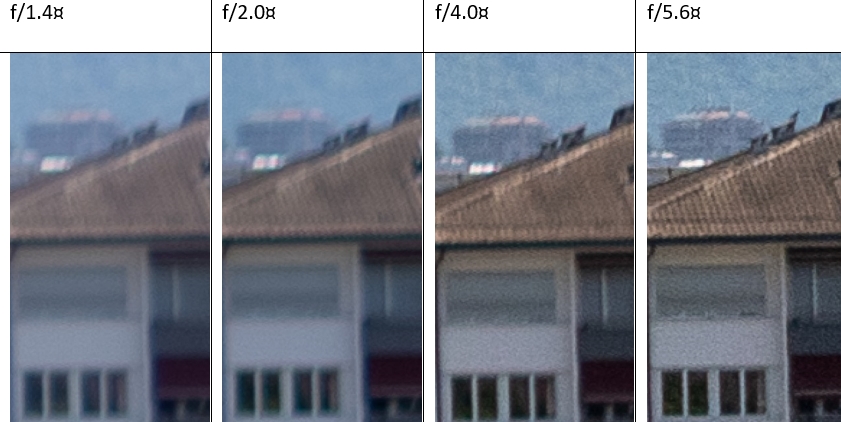
35mm f/1.8 AF-G DX
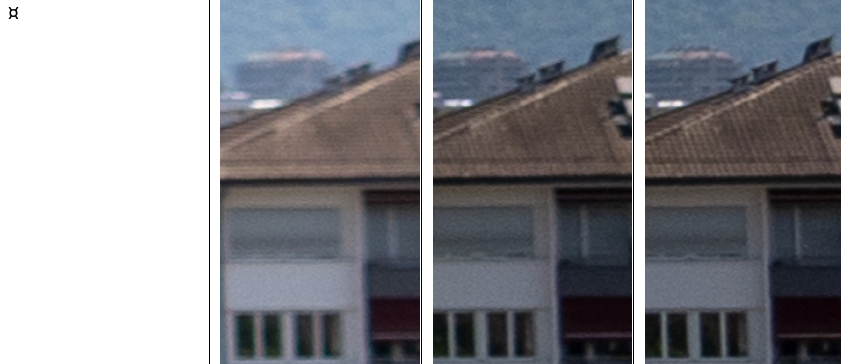
16-35mm f/4 AF-G
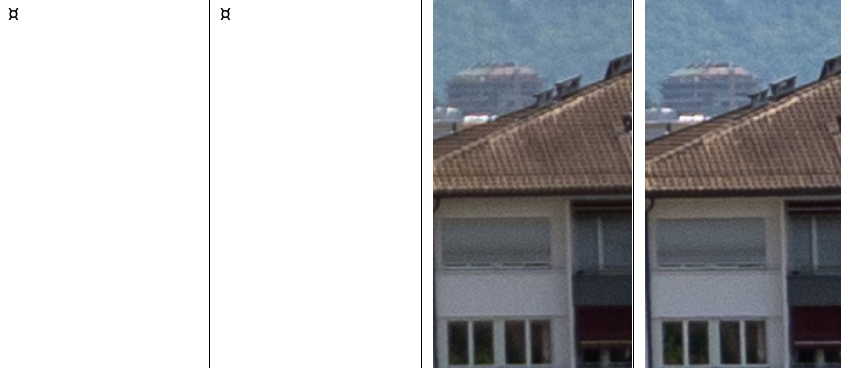
16-50mm f/3.5-6.3 AF-Z
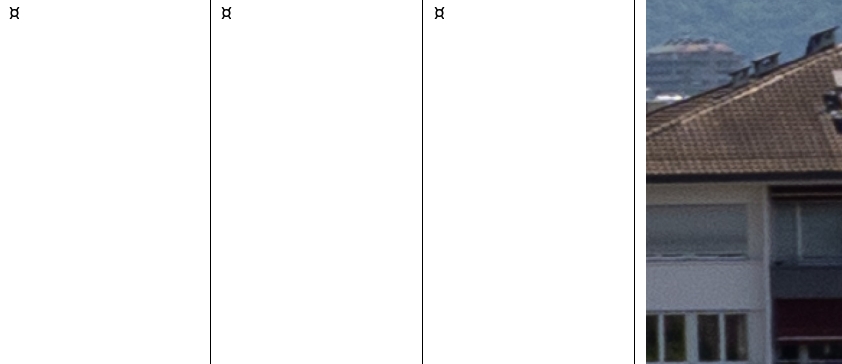
Samsung S20 FE at 35mm focal equivalent
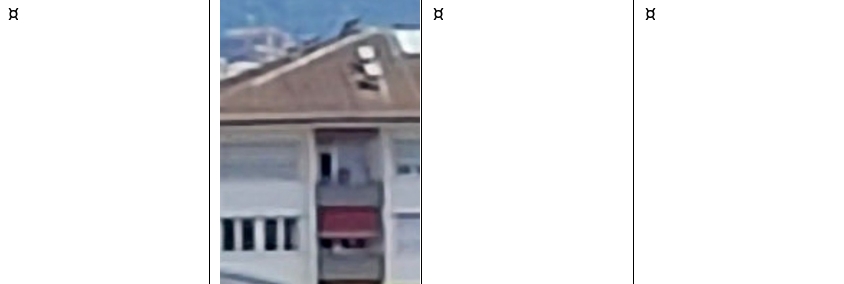
As expected, these results look quite consistent with previous tests done by Ken Rockwell:
Similarly, DXO tests are also saying the same thing (select Sharpness -> Field Map):
And for the record the new 35mm f/1.5 AF Z not really different from its old brother AF-G DX at f/1.8:
As a summary, that is quite famous as well, modern lenses tend to be much better far from the center. The question is more whether it is that important, especially at full aperture.
What I have discovered
I have discovered not much has changed !
It has been known for ages that a lens is much sharper with 2-3 diaphragms stopped down. It is still true with the most modern lenses.
Furthermore, fast lenses are rarely as sharp as those that are not. It seems to be still true. When it is not so true, it means a bulk lens, and an expensive one.
Finally, smartphones are doing a very good job but has their own limitations like any other camera. In my case, too few pixels compared to the Z50 camera.
Maybe fast lenses are not that sharp, but you can’t shoot at f/1.4 with an excellent zoom as low as the 16-35mm.
Some trade-offs can be very interesting: the tiny 16-50 AF-Z zoom can indeed deliver great images, weighting nothing, costing the same, but at the expense of the max aperture, of course. There is no miracle.
An old 35mm AIS closed to f/5.6 is doing a very decent job. But there is no AF. That’s a real change. For some cases, it does not matter, for other it does certainly.
Conclusion
Don’t be fooled by many people asking you to buy the new gear. What matter most is what you don’t have that you need: you want a fast lens, there is no other way to compensate for 2-3 diaphragms missing. But there will be consequences. On weight, budge, size, sharpness, or a mix of that. You need silent and fast AF, that’s a real need too. And so on. But sharpness, probably a wrong point. Because when you need it, you can have it even with some old gear but at the cost of something. It is rare to need sharp images everywhere at full opened lens. It does not even make that much sense to be honest but for some very rare exceptions… But if you need a true weather-sealed lens because you shoot outdoor, it is what it is.
So, stick to the basics and what really matters. Know what you really need. And accept to have several lens to fulfil these different needs.
And if you want to buy the latest gear just because you can afford it, that’s OK but don’t expect to have images to be so different compare to your previous lens. It is well known that to improve as a photographer, new gear is rarely needed.
